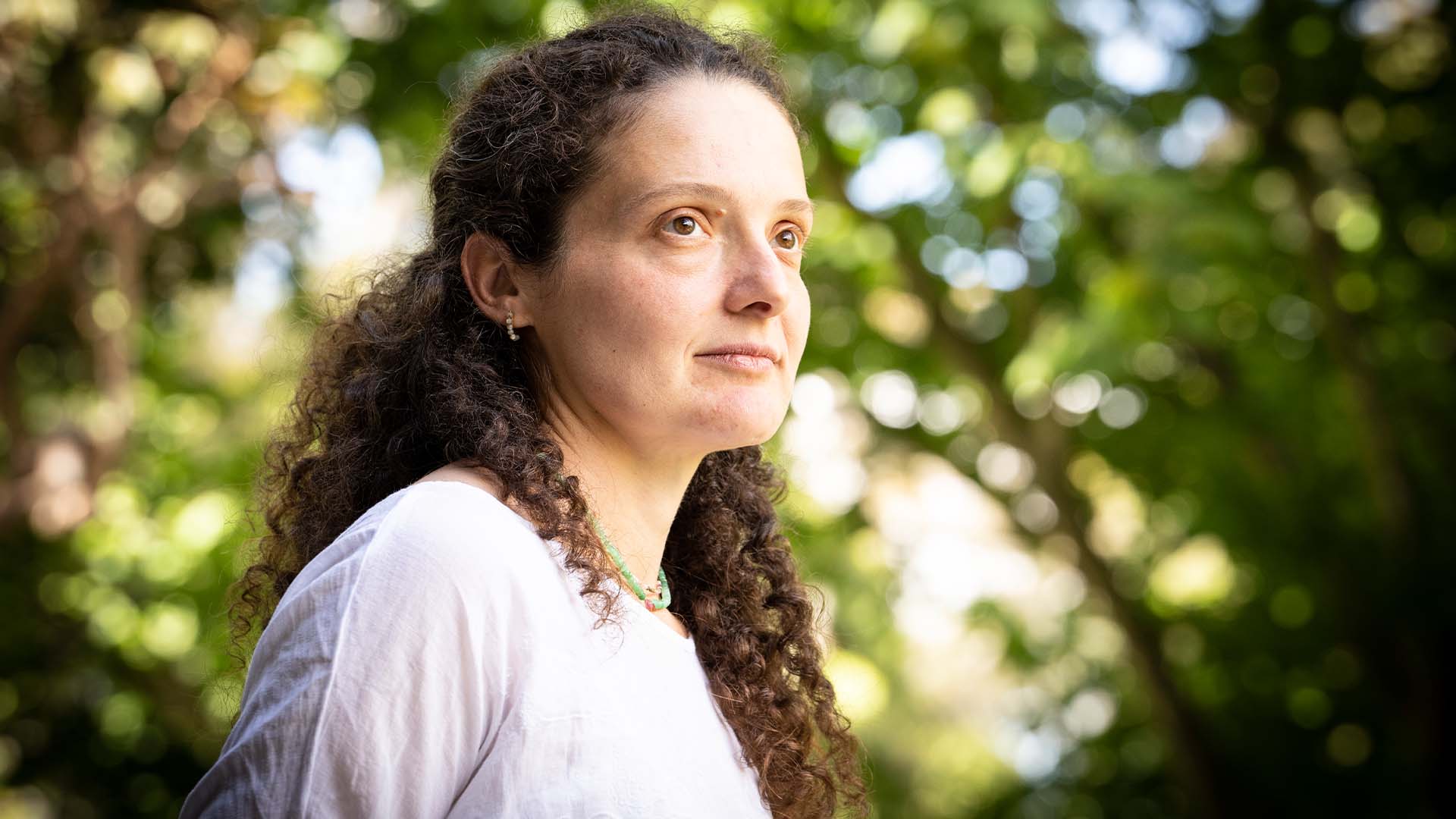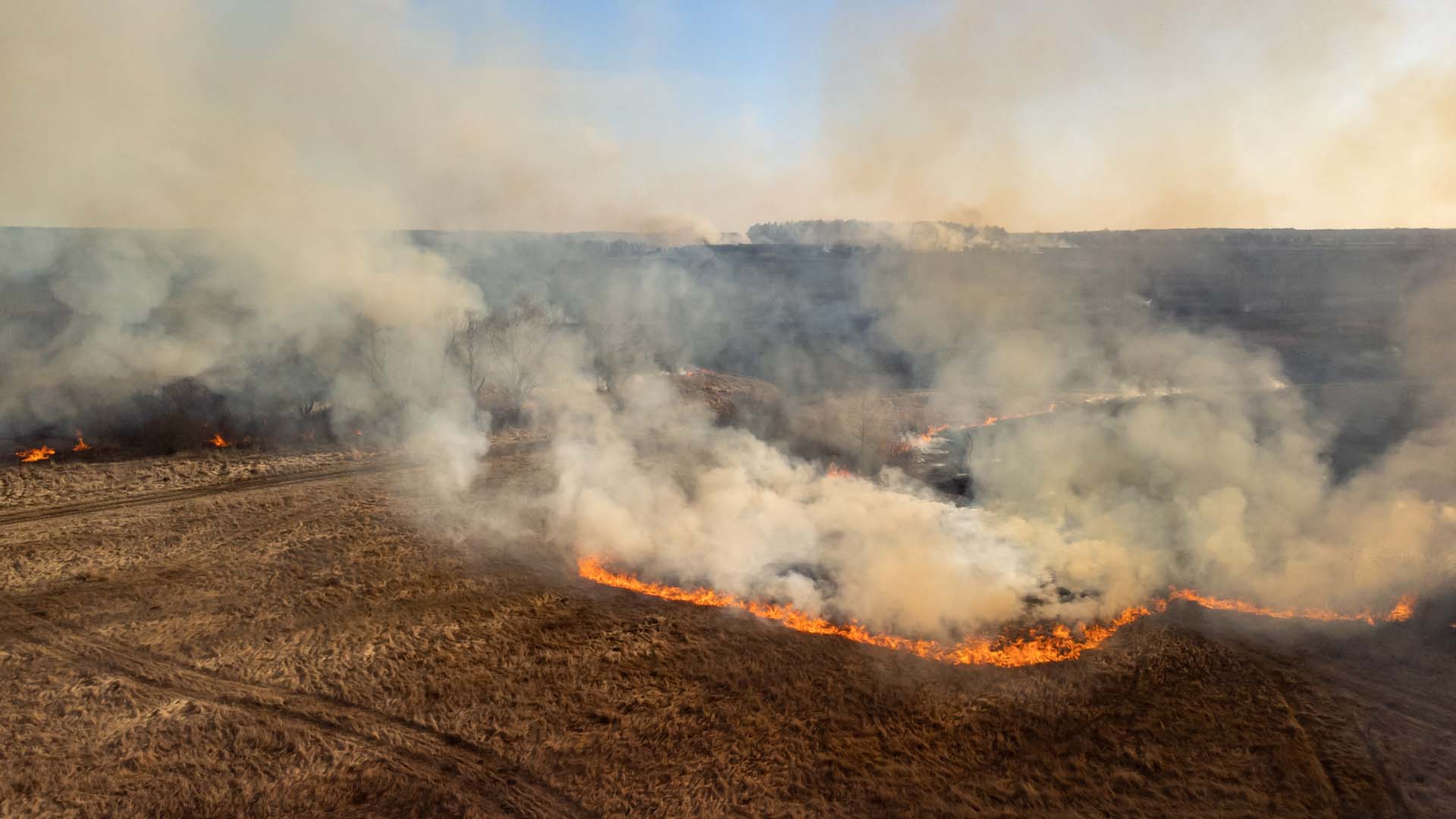Dr Valentina Wheeler honoured with the 2023 Christopher Heyde Medal from The Australian Academy of Science

Dr Valentina Wheeler's career in pure mathematics started thanks to a passionate maths teacher in high school.
"I don't even remember if I was particularly good at maths, but my teacher made it all exciting and applicable to real life. I think I got my love of mathematics from her," Dr Wheeler said.
Today, on Tuesday 14 March, Dr Wheeler, a researcher at the University of Wollongong's (UOW) School of Mathematics and Applied Statistics, received the prestigious 2023 Christopher Heyde Medal from the Australian Academy of Science.
"I feel very honoured and humbled by this recognition, and I promise to use it as a motivation to do even better in the future," Dr Wheeler said.
A specialist in differential geometry, a branch of mathematics that studies the interaction between the geometry of curves, surfaces and manifolds and partial differential equations, Dr Valentina Wheeler was born in Romania, in the mid-size city of Timisoara (nicknamed 'Little Vienna'), not far from the Hungarian border. In her childhood, she was torn between medical sciences (her mother was a GP) and physics, which was her father's domain.
"I loved medicine for its human aspect, for the fact that you're working for people and with people. Physics was interesting too, and obviously, my father wanted me to pursue that. But pure mathematics felt like true love. I find that it underpins all sciences and processes around us. It's the beginning of everything. And it allows for beautiful collaborations," Dr Wheeler said.
Geometric analysis is about understanding the way things behave every day in the real world. It describes many processes around us – from what shape a soap-bubble film will form, the way in which a sheet of metal will cool and contract to what conditions cause blood cells to take on the concave shape associated with sickle-cell anaemia. It underpins everything we know about the way the physical world behaves, given the underlying principle of conservation of energy in physics. It's also one of the most active and widely pursued areas of modern mathematics.
"I think that nature is the best mathematician – it always strives to minimise the effort and create the best outcome. Why do bees build their honeycomb as little hexagons? To minimise the amount of wax they use to construct them and maximise the volume of honey they put inside," Dr Wheeler explained.
Part of Dr Wheeler's geometric analysis work is finding patterns according to which certain objects, for example surfaces, change or are modified over time using their geometric flows called curvature flows. These patterns translate into partial differential equations that one can study. And even though the objective of pure mathematics is not to simply find solutions for actual problems, Dr Wheeler's work has real-life applications, for example in medical imaging and bushfire modelling.
According to Dr Wheeler, a moving fire front – when simplified – can be described using a mathematical equation. So, for bushfires, her modelling is oriented around predicting the direction and speed of the fire, which would allow the firefighters to smartly allocate their resources.

Bushfire-affected communities stand to benefit from Dr Valentina Wheeler's work, which has applications for predicting the motion and evolution of merging fire fronts.
Another good example of the application of maths is biological membrane modelling.
"Let's say we know how the blood cells of people with some illnesses change their shape. Then, we can create a mathematical equation that describes the average flow of these changes and their parameters. This, in turn, could allow us to test the effect of potential targeted drugs that modify these parameters and possibly treat the disease," Dr Wheeler said.
Professor Aidan Sims from the UOW School of Mathematics and Applied Statistics welcomed Dr Wheeler's recognition with delight and said she was one of the most impressive mathematicians he had ever known.
"Dr Wheeler's research is impressive from a theoretical point of view, but further than that, she has found ways to connect that deep theoretical work with important real-world problems. Her research is about something that seems very abstract – something called high-order nonlinear partial differential equations in multiple dimensions. But she has not only made deep contributions to this complex and abstract theory, but also showed how to use it to predict, among other things, the speed and ferocity with which bushfire fronts burn when two fire fronts merge," Professor Sims said.
"I think that the prospect of our Rural Fire Service volunteers being safer and capable of fighting bushfires because of fundamental mathematical research on higher-dimensional differential equations is absolutely visionary."
Dr Valentina Wheeler said that beyond her academic research, she's dreaming of working with young people to show them the beauty of mathematics.
"Too many children are scared of maths, we need to change it," Dr Wheeler said.
ABOUT THE CHRISTOPHER HEYDE MEDAL IN MATHEMATICAL SCIENCES
The Christopher Heyde Medal honours the contributions to mathematics by the late Professor Christopher Charles Heyde AM, the Foundation Dean of the School of Mathematical Sciences at the Australian National University and Professor Emeritus of Statistics at Columbia University, New York. It is awarded annually to an outstanding researcher of mathematical sciences who is up to 10 years post their PhD.






